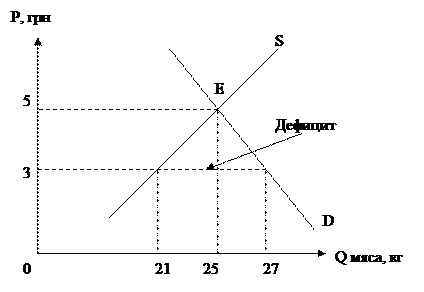TextB Tlie Disadvantages of the Division of Labour
A cycle of simple movements which is repeated every few minutes is all that is demanded of large number of workers in factories. This undoubtedly makes for monotony and boredom; there is no opportunity for the worker to exercise initiative, judgement, manual skills, or responsibility. Whilst there are operatives who may prefer to have daily tasks which make very limited calls upon them and who do not wish to have a job which carries any great responsibility, it must be the case that large numbers of workers do find such jobs rather frustrating. The extension of specialisation has been accompanied by a great increase in the use of machinery which, in turn, has tended to become more and more automatic. Basic skills have been transferred from the hands of the worker to the machine. All this has led to a marked decline in the degree of craftsmanship required of the average industrial worker. The satisfaction to be derived from 'making something' — the pride in creation — is denied to the machine minder. Specialisation means that workers do not have the wide industrial training which would make them adaptable to changes in the techniques of production. Their specialisation functions can become obsolete when new machines are invented, and their particular skills will be useless elsewhere. Such workers, it is held, are especially liable to unemployment in a rapidly changing world. In answer to this argument, it has been pointed out that the division of labour, by simplifying tasks, makes job in one industry very similar to those in another. Since the operation is easy to learn, retraining is easily and quickly accomplished and workers can, without great difficulty, move from one job to another. A specialised system of production increases the extent to which different sectors of the economy depend upon one another. It is not simply a question of workers specialising; factories, firms, and even whole industries specialise. Many modem industries consist of a large number of firms each concentrating on the production of one, or very few, com- Ponents which are brought together in what is in effect a large assembly plaint- This is a very efficient, low-cost method of production, but it is extremely vulnerable to a breakdown in any one of the large number of links in the chain. Delays in the supply of any one component may cause massive holds-up throughout the industry. Modern technology allied to the extensive use of the division of labour has made possible enormous increases in the output of goods and services. It has transformed the living standards of millions of people, removed much of the back-breaking toil from people's daily labour, made possible a great reduction in working hours, and, by providing for more leisure, has given people the opportunity to lead fuller and richer lives. Nevertheless the loss of job satisfaction, particularly in manufacturing industries, is raising some serious social problems. In many industrial countries, managers are seriously considering various projects aimed at 'job enrichment'. These are attempts to reverse recent trends by enlarging the role and responsibility of workers. Several factories have tried to abolish the assembly line by reorganizing production so that teams of workers are responsible for assembling the entire product (or a major component of it). Each team isfree to decide how the various tasks, will be allocated and the speed with which the job is carried out. Within each team the jobs may be rotated so as to increase the element of variety in the work.
|




